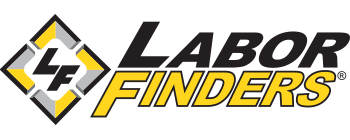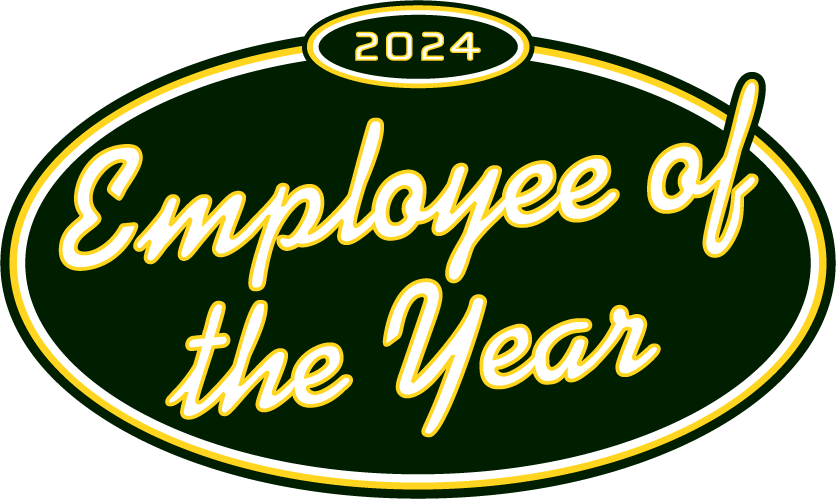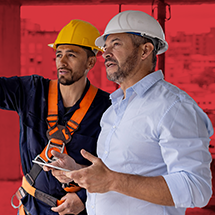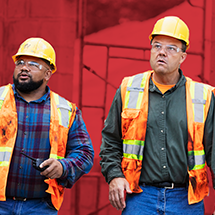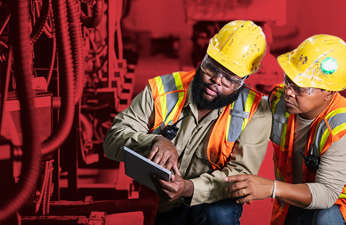-
Job Seekers
X
Job Seekers
Whether you're looking for a temp job or a permanent career, Labor Finders has you covered!
-
Explore
- How it works
- Industries
- Blog
- Locations
- Job Search
You May Also Be Interested In

2024 Employee of the Year
Learn more about our amazing Employee of the Year
-
-
Employers
X
Employers
Let us help you find the workers you need, when you need them.
You May Also Be Interested In

2024 Staffing Trends Quiz
Construction Staffing Trends Quiz
-
Industries
X
Employer Industries
Ready to staff your next project? Our staffing experts has the knowledge and the workers to cater to your unique staffing needs.
In this Section:
Job Seeker Industries
From construction to waste management, we have job openings in whatever industry you’re interested in.
In this Section:
-
About
X
About You
Getting matched to the right job, gaining the flexibility you want, making an impact in your community - at Labor Finders, it’s all about you!
-
You may also be interested in
- About Us
- Job Search Results
- Find an Office
- How it works
- Blog
About Us
With almost 200 offices nationwide, we’ve been putting people back to work for over 40 years. See why we’re a leader in the blue-collar staffing industry.
-
You may also be interested in
- About Us
- Media Center
- Video Library
- Leadership Team
- Careers
- In The Community
- History
-
- Location
Safety
The 18 Worker Safety Topics to Cover for a Safer Work Site
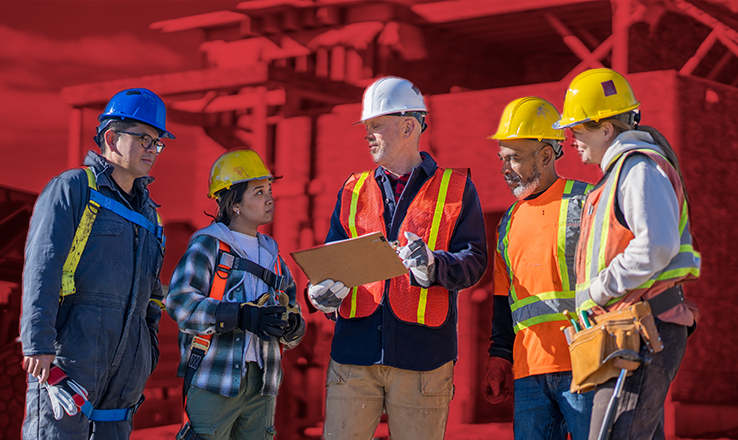
Ensuring the safety of blue-collar workers is paramount for any employer. By implementing comprehensive safety protocols, providing proper training, utilizing protective gear, conducting regular inspections, and fostering a culture of safety, companies can significantly reduce workplace hazards and enhance the well-being of their workforce. In celebration of National Safety Month, this blog post explores worker safety topics, tips, and advice for promoting a safer work site.
The Current State of Worker Safety
In a 2023 Bureau of Labor Statistics report, construction worker fatalities rose 5.7% to 1069 deaths. This sector reported the most deaths, with transportation and warehousing coming in as a close second with 1,053 work fatalities.
In the private sector, 2.8 million reported nonfatal workplace injuries and illnesses were reported. Transportation and warehousing had the most significant number of these types of injuries, with 835,040 reported cases in 2022.
Not only can workplace accidents harm your workforce, but they can also adversely affect your bottom line. OSHA estimates that businesses pay workers' compensation almost $1 billion weekly.
So how can employers and their workers work safely on a job site?
Personal Protective Equipment (PPE)
Creating a safe working environment for your employees involves more than just following protocols; it requires attention to their attire and protective gear. This section will explore crucial aspects of workplace safety that can significantly reduce risks and prevent accidents.
Wear The Right Clothes
One way you can ensure your workers' safety is to ensure they’re wearing the appropriate attire. If they work during high-heat seasons, they should wear lightweight fabrics with UV protection to mitigate heat-related risks while facilitating sweat management. Encourage using wide-brim hats, sunglasses, and sunscreen to shield against the sun's harmful rays. Advocate for layering clothing and ensuring extremities stay warm with hats and gloves during cooler months. Consider providing flame-resistant clothing to mitigate potential fire hazards regardless of environmental conditions.
Use the Right Personal Protective Equipment
In addition to wearing the proper work clothes, workers should also use the appropriate protective equipment. Equip your crew with gloves and arm protectors to mitigate the risk of skin cuts. Ensuring your workers wear suitable gloves shields fingers and enhances tool grip. Goggles and face shields are crucial to protect against splashes, dust, and fumes, with properly fitted and maintained respirators ensuring workers aren't exposed to dangerous inhalants. Hard hats become essential in environments with high risks of falling objects, while slip-resistant boots offer traction on slippery surfaces.
When dealing with chemicals, protective clothing such as aprons, gloves, and boots adds a layer of defense against the skin's absorption of toxic substances. Safety shoes with reinforced toes and non-skid soles offer protection against falling tools and slips. Earplugs are indispensable for work environments with loud machinery, like jackhammers. Regular maintenance of all personal protective equipment is imperative to ensure its effectiveness. Additionally, equipping your workers with the proper fall protection equipment, such as harnesses and guardrails, further enhances workplace safety standards.

Ready to Work with a Staffing Service That Gets You?
Let's Connect!
Hazard Identification and Risk Assessment
This section will discuss essential practices for hazard identification and risk assessment. From regular inspections to ensure a hazard-free environment to proper ventilation in confined spaces and the correct storage and disposal of chemical waste, these guidelines will help you establish a safer, more efficient worksite.
Inspect the Work Environment
Ensuring that the worksite is free of safety hazards is an essential step in keeping your workers safe. Train your workers to clean up spills and clear debris to prevent slips promptly and falls. They should store empty containers appropriately and ensure cords are neatly organized to eliminate tripping hazards. When addressing the risk of workplace fires stemming from electrical equipment, it's vital to maintain machinery and its surroundings free from dirt, grease, or any flammable materials. Promptly replacing worn parts and diligently powering down or unplugging equipment after each use should also be part of your worker’s safety training. Ensuring your workers adhere to these practices will fortify workplace safety standards and mitigate potential risks effectively.
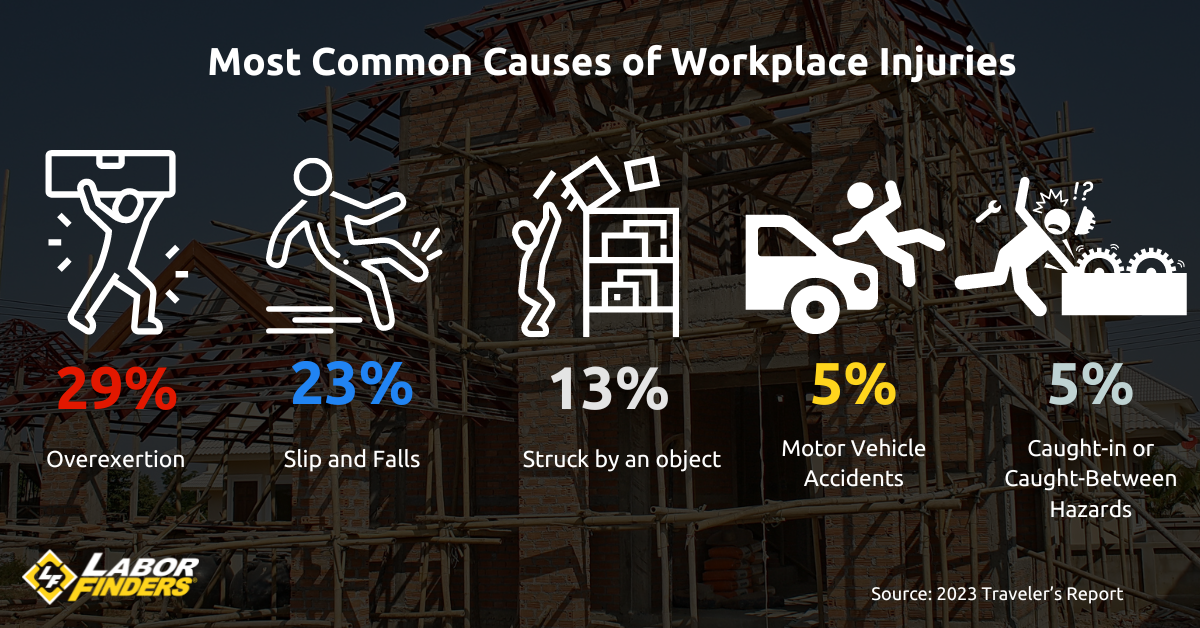
Ventilating the Work Area
If the job site is indoors or requires the workers to be in confined spaces, ventilating the work area is extremely important. Hazardous fumes can build up, leaving workers susceptible to illness. Testing the air quality before work starts is a significant first step in creating a safe work environment. During work hours, train workers to leverage the natural airflow from the outdoors or employ exhaust and ventilation systems to expel harmful gases from the workspace.
Properly Storing and Disposing of Chemical Waste
Having protocols for handling, storing, and disposing of toxic substances can help keep your workers safe on the job site. Chemicals should be securely sealed in labeled containers. Surfaces, where combustible dust can accumulate, must be periodically cleaned and kept away from heavy equipment to prevent workplace fires. Maintaining a safe distance from coworkers, using screens for protection from flying debris, and refraining from pointing power tools at others further contribute to a secure work environment.
Inspecting Equipment Before Starting Work
Employers and workers can create a safe work environment by inspecting equipment before work starts. This includes checking for broken wires or strands in the rope structure, deformed hooks, and damaged latches, ensuring the braking system functions appropriately before crane operation, making sure the brakes and transmissions are in working order on a forklift, and performing regular maintenance on dozers and diggers. Any equipment issues should be promptly reported to supervisors to facilitate necessary repairs, ensuring the safety and efficiency of all heavy equipment and machinery.
Physical Workplace Safety
This section covers essential strategies for preventing common injuries and promoting a healthier work environment. Implementing these practices can enhance productivity and create a safer workplace for your team.
Conveyor Belt Safety
Conveyor belts are essential to warehouse operations but pose potential hazards to warehouse workers. Because of their continuous motion, there's a risk of getting pinched while loading and unloading products. Ensuring your workers adhere to the safety procedures you put in place can promote safety on the warehouse floor. Being mindful while handling products, working in awkward positions, and doing repetitive motions can mitigate the risk of Musculoskeletal Disorders (MSDs), which cause prolonged injuries to workers in the long run.
Promote Proper Lifting Techniques
Promoting proper lifting techniques is another way to prevent MSDs from affecting your workforce. From lifting building supplies to boxes, workers should maintain a shoulder-width stance with a natural, upright back posture, avoid twisting while walking, and keep the load close to the body. They should only lift objects within their capacity but rather seek assistance from fellow workers or utilize equipment like forklifts for heavier loads.
Musculoskeletal disorders accounted for 28% of all serious work-related injuries and illnesses in the private industry in 2022.
Preventing Injuries from Bending or Overreaching
To minimize the risk of common injuries such as lower back pain and shoulder soreness, train your workers to avoid bending or overreaching while performing their job responsibilities. Encourage the adoption of appropriate postures, such as kneeling or squatting when using long-handled tools for hard-to-reach areas, reducing strain on the back and arms.
Chemical Safety
Promoting safety in handling hazardous materials is paramount in any workplace environment. This section delves into essential practices for safely managing chemical waste and flammable liquids. Employers can minimize environmental and health risks by adhering to proper storage, labeling, and disposal protocols for toxic substances.
Safe Handling of Chemical Waste
Proper storage and disposal of toxic substances are crucial for workplace safety. At the end of each workday, ensure harmful chemicals are stored in tightly sealed, labeled containers and placed in designated storage areas. Your workers should strictly adhere to your employer's safety protocols for chemical waste disposal to mitigate environmental and health risks.
More than 50,000 deaths and 190,000 illnesses, including cancers, due to chemical exposure on the job each year.
Safe Handling of Flammable Liquids
Due to their combustible nature, flammable liquids like gasoline, commercial cleaners, and paint thinners pose significant workplace fire safety risks. A single spark can ignite these chemicals, endangering everyone nearby. To prevent accidents, workers should handle flammable liquids cautiously, storing them in designated areas, using them in well-ventilated spaces, and keeping them away from potential ignition sources. Ensure your workers follow proper cleanup procedures for spills and always wear appropriate protective gear when handling these substances.
Machinery and Equipment Safety
This section highlights crucial safety measures for various equipment commonly used in warehouse and construction environments. From forklift operations to crane safety, power tool handling, and heavy equipment protocols, we emphasize the importance of adherence to safety guidelines to prevent accidents and injuries.
Forklift Safety
Warehouse workers operating forklifts must adhere to strict safety guidelines to ensure a safe working environment. Forklift operators should drive slowly, exercise caution when reversing, and remain vigilant for signs warning of dock edges. They must also wear appropriate protective gear, conduct regular equipment checks, and participate in safety training sessions to prevent accidents and injuries.
Crane Safety
One of the leading causes of crane accidents involves contact with power lines, posing electrocution risks to workers. Your crane operators must maintain a safe distance of at least 10 feet from power lines during crane operations, drive cautiously, and treat all lines as energized unless confirmed otherwise. Overloading cranes is another cause of accidents, leading to structural failures and dangerous incidents like dropped materials. Workers must adhere strictly to load capacity limits and avoid swinging loads while hoisting or side-loading booms, which stress the crane excessively.
Power Tools Safety
Proper handling of power tools is crucial to prevent accidents on a worksite. Ensure your workers don’t carry tools by cords or hoses, which can damage them and increase the risk of slipping. Fingers must be away from the power switch to prevent accidental starting.
Heavy Equipment Safety
Workers can prevent common injuries like falls or inadvertent activation of attachments by taking time to enter and exit equipment correctly. They should use ladder steps, grab bars, and the three-point contact system to get in and out of heavy equipment by using seatbelts to prevent ejection during rollovers or collisions. Ensure seatbelt inspection for wear or damage before use, adhering to OSHA requirements for seatbelt usage in heavy equipment. Heavy equipment should be completely off the road at the end of the workday, especially during low visibility periods.
Electrical Safety
This section explores the safety guidelines needed to prevent electrical accidents and injuries, from lockout and tagout protocols to grounding electrical equipment and ensuring the correct wiring.
Lockout and Tag out
Employers can significantly reduce the risk of electrical accidents by enforcing strict lockout and tagout procedures. Begin by ensuring the power is completely shut off, and the equipment is de-energized before any work begins. Next, physically lock the circuits and machinery to prevent anyone from inadvertently restoring power. Also, tag the locked equipment with clear, readable signs warning others not to interact with the power source.
According to the Electrical Safety Foundation International, by locking out and tagging out circuits in accordance with OSHA’s guidelines, workers can prevent an estimated 120 fatalities and 50,000 injuries each year.
Ground Electrical Equipment
Electrical currents naturally travel from their power source to the nearest conductor, which could be a person without proper grounding. Grounding electrical equipment involves connecting the electrical system to the earth, providing a safe path for stray currents. This can be achieved by attaching a wire to a device already embedded in the ground or using metal plumbing as grounding conductors. Proper grounding not only safeguards against stray currents but also protects against external voltage sources like lightning, ensuring a safer work environment for everyone.
Use the Right Wiring
Incorrect or undersized wiring can lead to dangerous conditions, such as power overloads, electrocution, or fires. Employers should ensure that electricians use the correct wires for each task and regularly inspect them for wear or damage. The same vigilance should be applied to extension cords, which must be capable of handling the voltage required by the connected equipment. Employers can help prevent accidents and maintain a safe workplace by prioritizing proper wiring and regular inspections.
